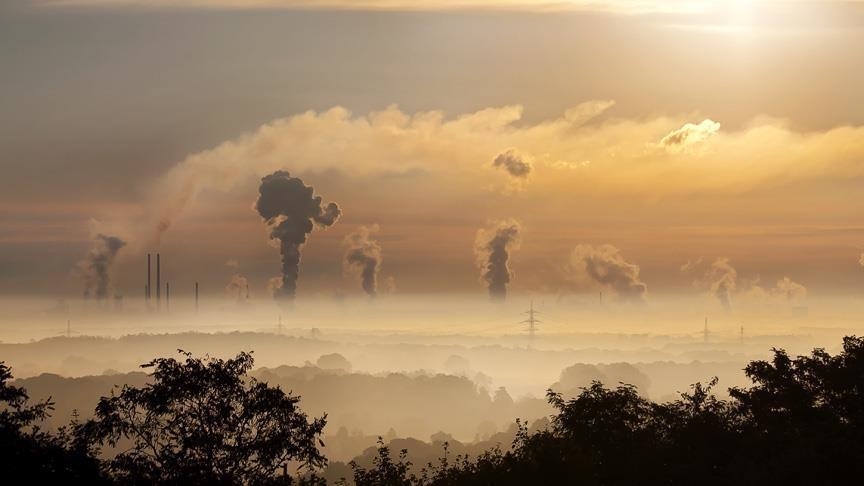

By Anadolu Agency
GENEVA
There is an 80% chance that the global mean near-surface temperature in at least one of the next five calendar years will exceed 1.5C above pre-industrial levels, and a 47% chance that the 2024-2028 five-year mean will exceed this threshold, the UN said on Wednesday.
A new multi-agency report coordinated by the World Meteorological Organization (WMO) said Greenhouse gas concentrations are at record levels, fueling temperature increase into the future.
The year 2023 was the warmest on record by a large margin, with widespread extreme weather, and this trend continued in the first half of 2024, said the report.
The emissions gap between aspiration and reality remains high. Under current policies, there is a two-thirds likelihood of global warming of 3C this century, according to the United in Science report.
“We need urgent and ambitious action, now, to support sustainable development, climate action, and disaster risk reduction. The decisions we make today could be the difference between a future breakdown or a breakthrough to a better world,” said WMO Secretary-General Celeste Saulo at a UN press conference.
Saulo noted that since June 2023, the world has experienced an extended streak of exceptional global land and sea surface temperature.
“Even if a short-term cooling La Nina event does emerge, it will not change the long-term trajectory of rising global temperatures due to heat-trapping greenhouse gases in the atmosphere,” she said.
The past nine years have been the warmest on record even with the cooling influence of a multi-year La Nina from 2020 to early 2023. The 2023-24 El Nino event started emerging in June 2023 and peaked in November 2023 — January 2024 as one of the five strongest on record before dissipating — although some impacts continued.
Artificial Intelligence
“Artificial Intelligence and machine learning have emerged as potentially transformative technologies that are revolutionizing weather forecasting and can make it faster, cheaper, and more accessible. Cutting-edge satellite technologies and virtual realities that bridge the physical and digital worlds are opening new frontiers in, for instance, land and water management,” said Celeste Saulo.
She said, however, science and technology alone are not enough to address global challenges such as climate change and sustainable development alone. In an increasingly complex world, and the world must embrace diverse knowledge, experiences, and perspectives to co-create solutions together.
The UN Summit of the Future that will take place later in September in New York provides a once-in-a-generation opportunity to revitalize and reboot the collective commitment to the global goals, says the report, compiled by a consortium of UN agencies, meteorological organizations, and scientific and research bodies.
It also embraces input from young people and early career scientists who are agents of change for the future.
Human-caused climate change has resulted in widespread and rapid changes in the atmosphere, ocean, cryosphere, and biosphere.
The year 2023 was the warmest on record by a large margin, with widespread extreme weather, and this trend continued in the first half of 2024.
Global greenhouse gas (GHG) emissions rose by 1.2% from 2021 to 2022, reaching 57.4 billion tons of carbon dioxide (CO2) equivalent. Globally averaged surface concentrations of CO2, methane (CH4) and nitrous oxide also reached new highs.
When the UN Paris Agreement was adopted in 2015, greenhouse gas emissions were projected to increase by 16% by 2030 relative to 2015.
The projected increase is 3%, indicating progress has been made, according to the report.
Yet the emissions gap for 2030 remains high. To limit global warming to below 2C and 1.5C (above the pre-industrial era), global GHG emissions in 2030 must be reduced by 28% and 42%, respectively, from the levels projected by current policies.
We use cookies on our website to give you a better experience, improve performance, and for analytics. For more information, please see our Cookie Policy By clicking “Accept” you agree to our use of cookies.
Read More